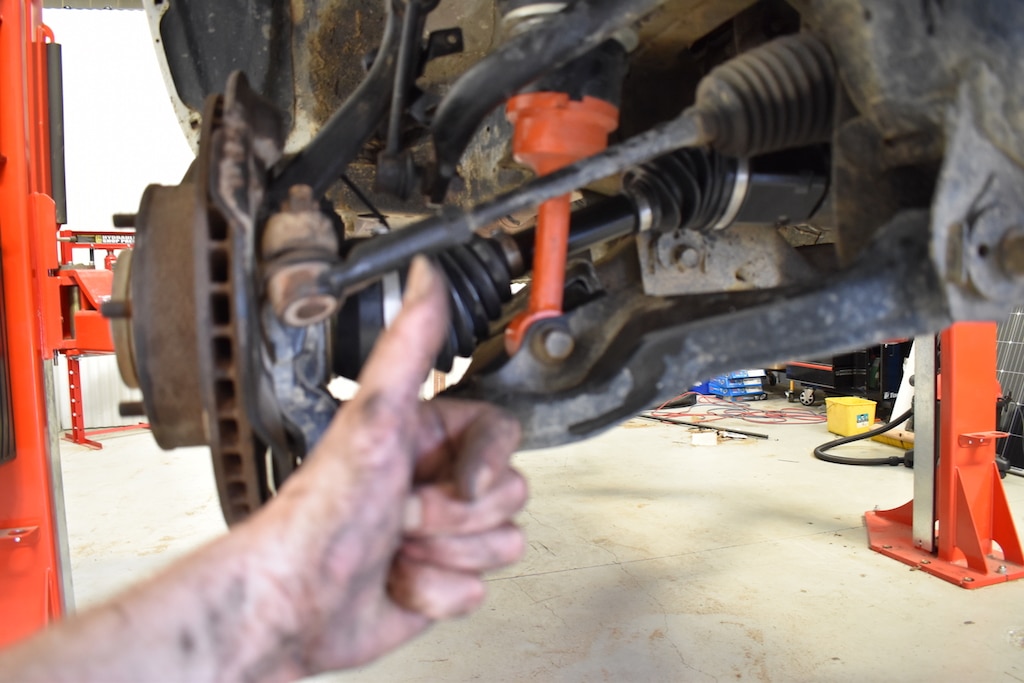How to replace an IFS CV Joint
Split a boot, heard a click followed by a bang from your 4x4? Here's everything you need to know about how to replace an IFS CV joint.
Advertisement
Split a boot, heard a click followed by a bang from your 4×4? Here’s everything you need to know about how to replace an IFS CV joint.
Having installed a catch can onto my HiLux, I spotted an oil leak in the inner wheel arch. Immediately, I thought I’d done something wrong during the install. However, it turned out to be a split CV boot that had shot grease everywhere. By the time I noticed the mess, it was too late as mud and grit had made their way into the CV joint, and it started clicking like an arthritic wrist when in four-wheel drive.
Needing to be replaced, rather than repaired, it was the perfect opportunity, being armpit deep in CV grease, to explain how to change a CV joint on an IFS 4WD and, in particular, a 2005+ Toyota HiLux.
A CV joint install is going to vary from vehicle to vehicle, but this is what I needed to get the job done. Also, power tools aren’t required, but if you have them, use them.

If the boot is just slightly damaged, and the CV joint is still in good condition, you can have the boots replaced reasonably inexpensively. However, it means your vehicle will be undrivable until they are repaired. I couldn’t take that amount of downtime, so I decided to replace both CV joints and keep the old ones as spares with new boots and fresh grease.
Considering my Lux doesn’t have free-wheeling hubs, the CVs are constantly spinning, so will wear out faster than a vehicle with free-wheeling hubs. As such, it is the right thing to do, considering there is damn near 300,000km on these CV joints.

You know that old saying: if it sounds too good to be true, it probably isn’t? Well, while shopping around for replacement CV joints, I found I could get them for $159.95 a pair. What a bargain, that’s cheaper than just replacing the boots, but are they too cheap? Next up, I checked to see how much a genuine Toyota CV joint costs, and I wasn’t surprised to find out each CV joint was going to set me back $550. So, for a set, you’re looking at $1100; that’s nearly enough to buy a diff lock, so, those initial $160 jobbies looked way too cheap.
I decided to call around reputable 4WD parts suppliers to see if I could find a balance between price and performance, and in the end, decided on Terrain Tamer replacements for a few reasons. They have stockists Australia-wide, in the event that something does go wrong. They have a reputation for supplying quality parts. I’ve had no issues with their gear in the past, and lastly, they were a fair bit cheaper than genuine.

This is something every four-wheel driver should know how to do or at least have a mate that does. It’s not a hard job, especially in the case of a HiLux. This is my first IFS vehicle, and I think it’s even easier to swap an IFS CV than a solid axle one.
Disclaimer: This is general information only. I am not a mechanic, take this advice as a guide only and please be safe. If you are unsure, consult a licensed mechanic before doing anything.